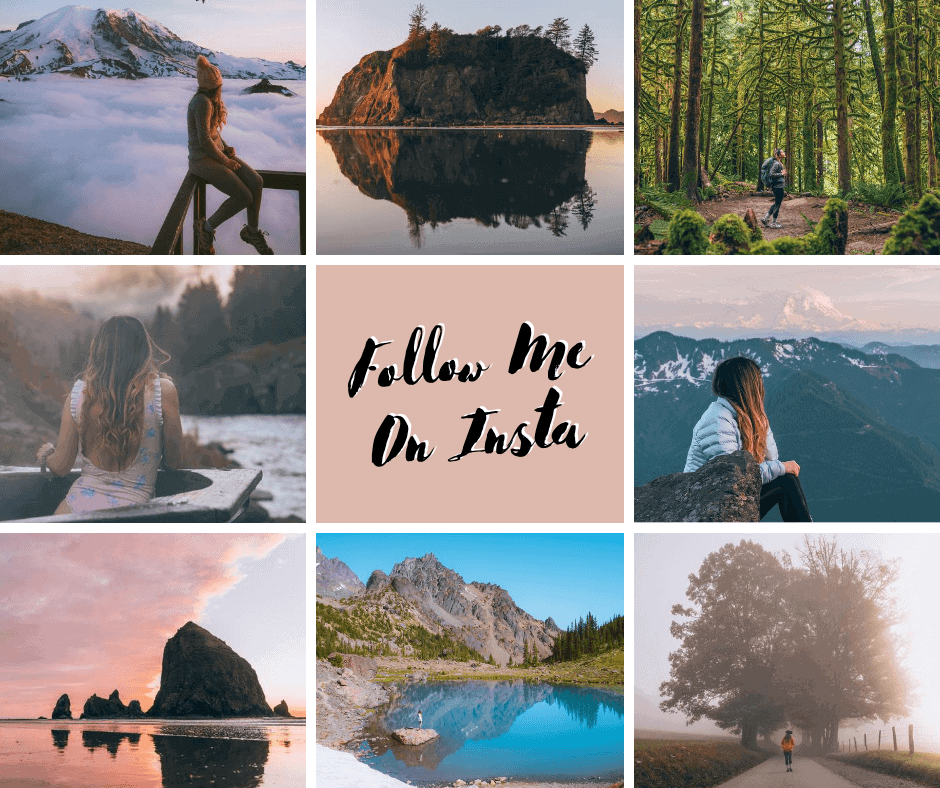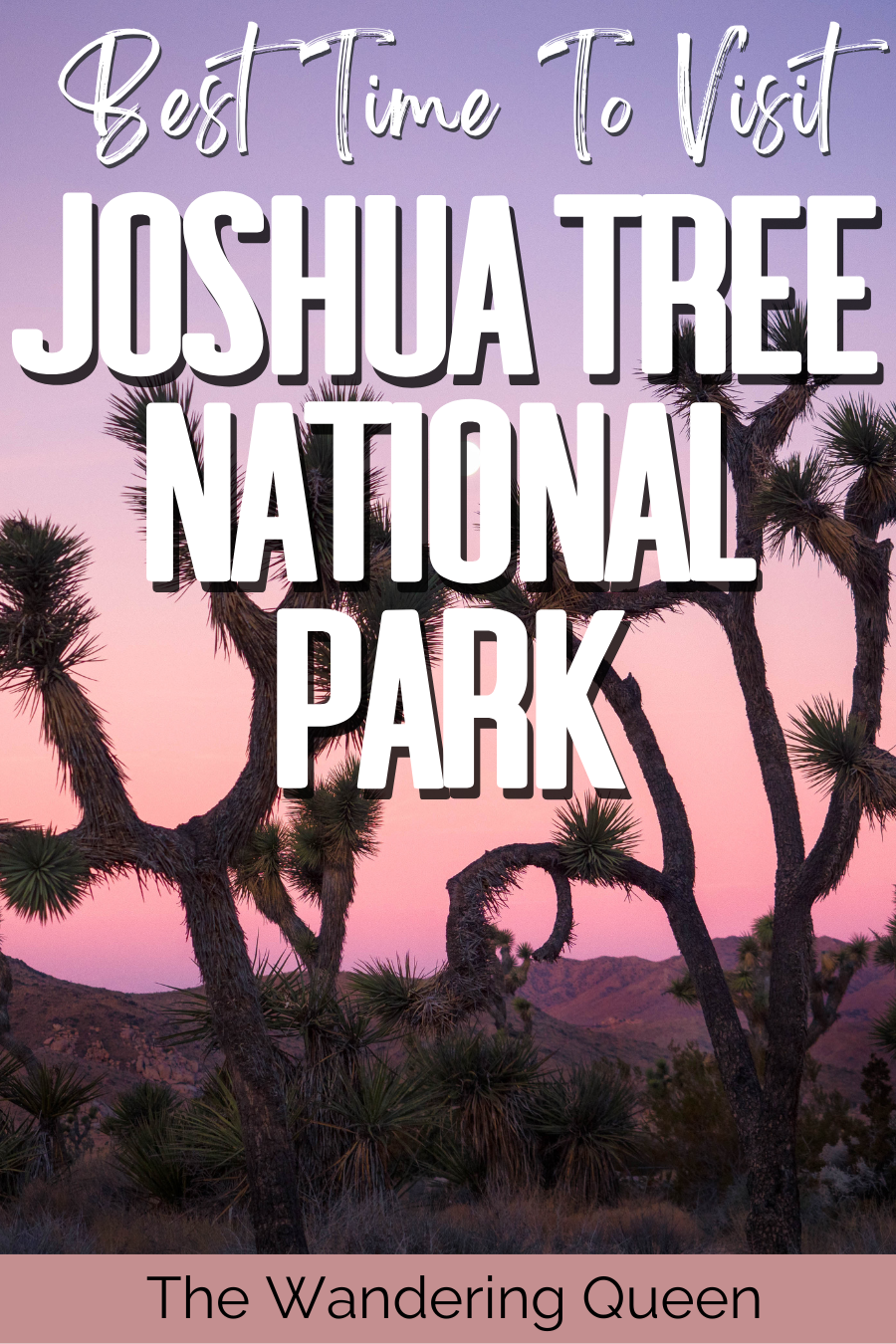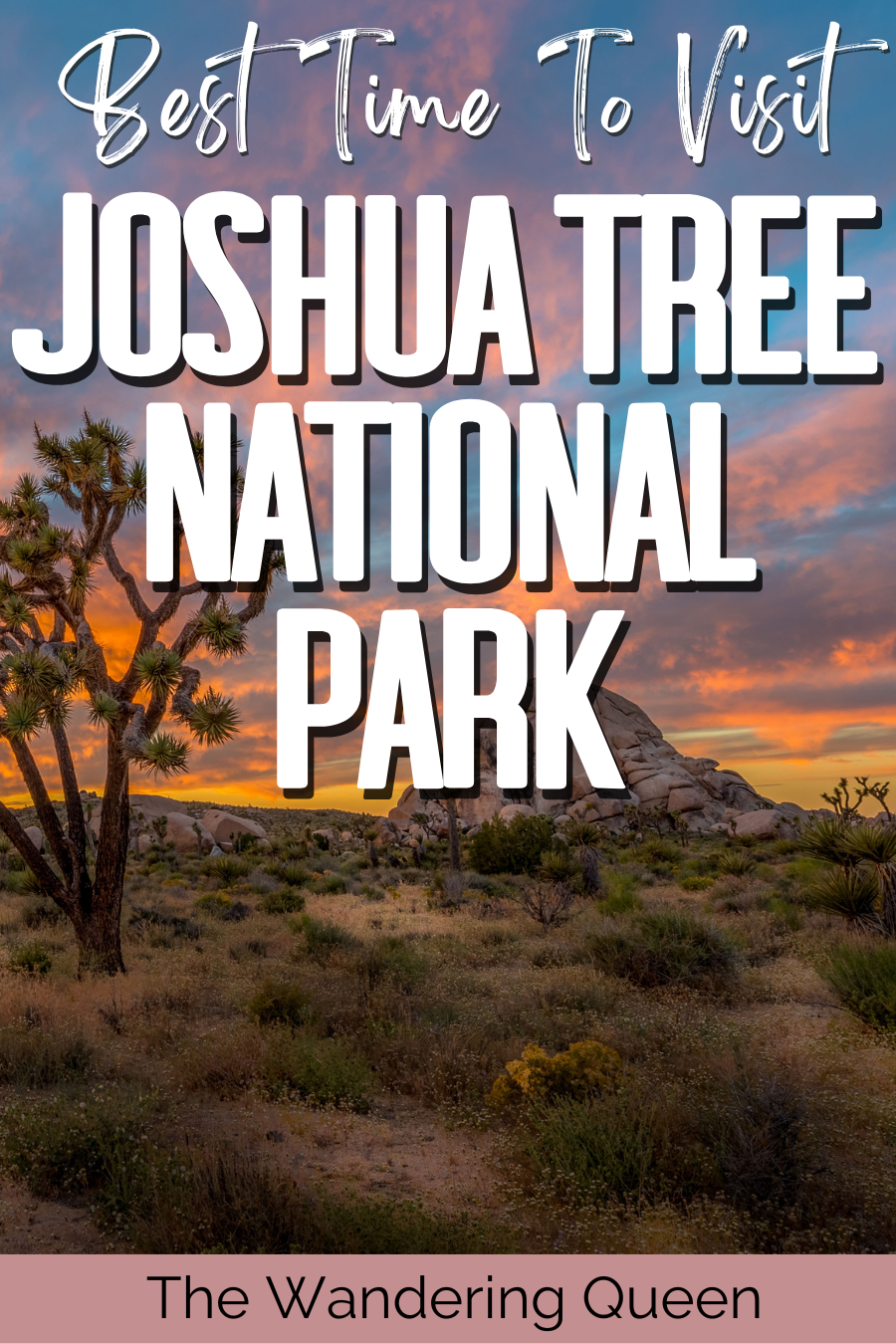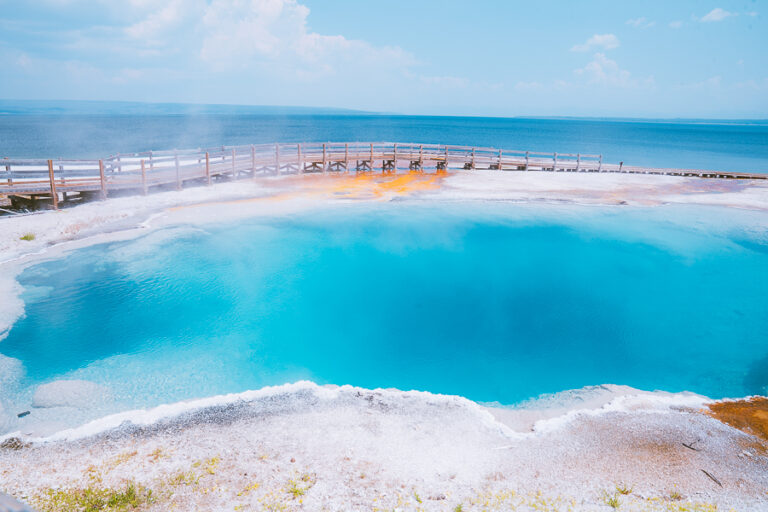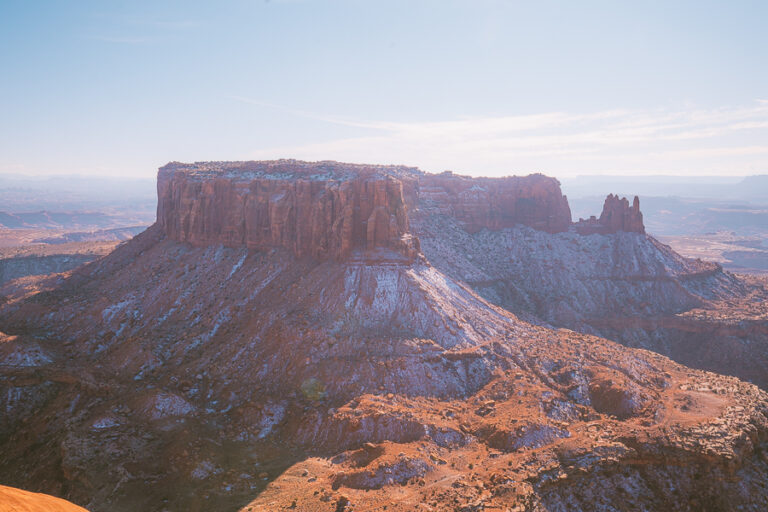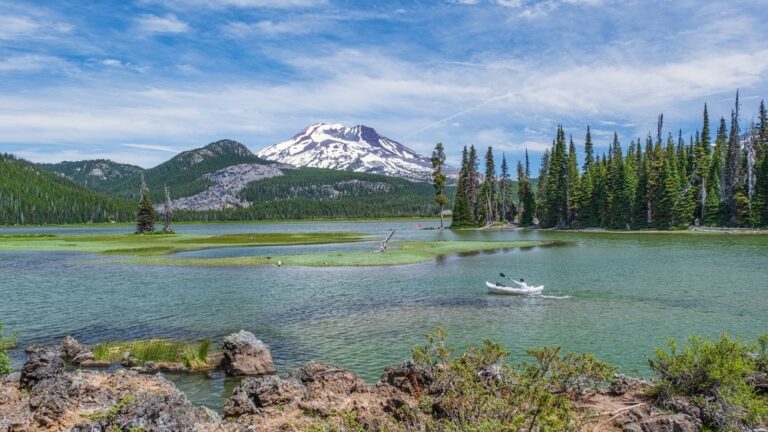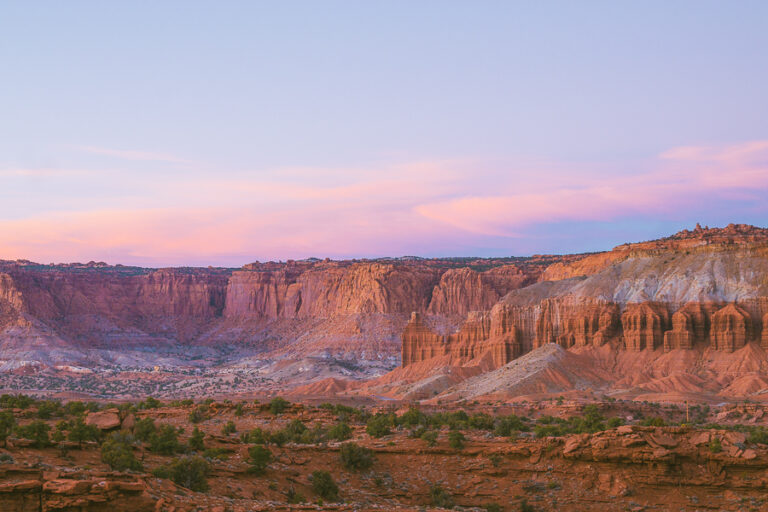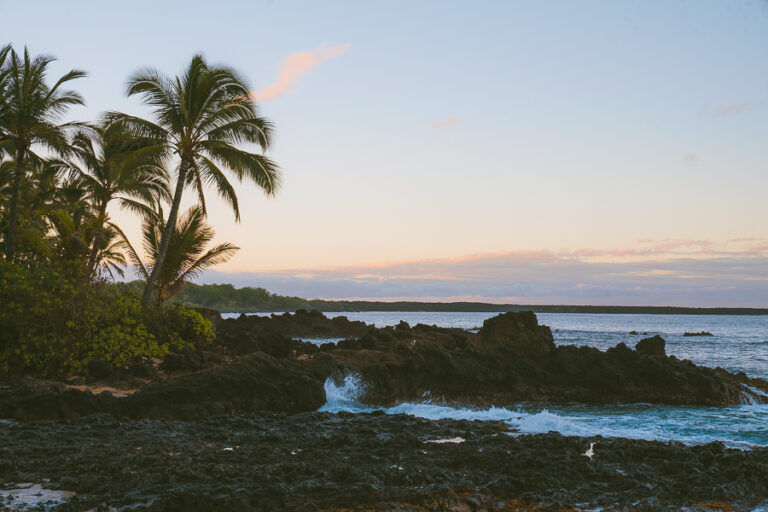Best Time To Visit Joshua Tree National Park in 2024
Defined by boulder-filled desert landscapes, natural rock arches, and the sharp-leaved Joshua trees, this Southern California national park is loaded with outdoor adventure. If you’re considering taking a trip, you should know when is the best time to visit Joshua Tree.
That’s where this guide comes in. It details all you should know about visiting the national park, from the best and worst times to visit to some of the best things to do in Joshua Tree. You’ll also get insights on the most frequently asked questions about this national park.
Whether you’re looking to go on short hikes in the desert, scramble over boulders, or admire the starry night sky, Joshua Tree National Park has something special waiting for you.
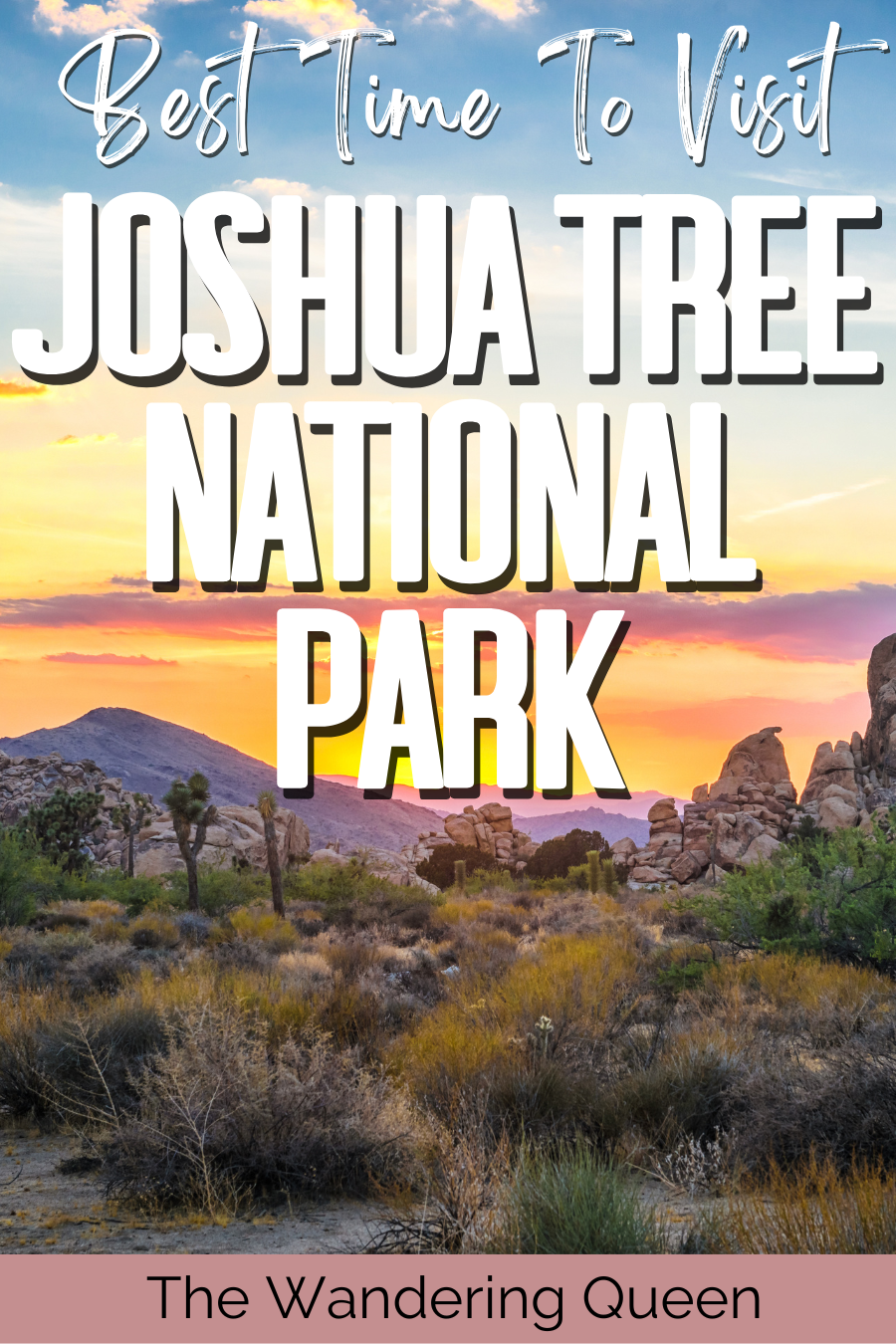
Disclosure: This post contains affiliate links. If you click one of them, I may receive a small commission (for which I am very grateful for) at no extra cost to you.
Joshua Tree National Park
Related Posts
How To Get to Joshua Tree
Getting to Joshua Tree is straightforward, whether you’re flying in or driving. The national park is about 2.5 hours south of Los Angeles and about 45 minutes north of Palm Springs.
The closest airports to Joshua Tree National Park are Palm Springs International Airport (PSP) and Ontario International Airport (ONT) in San Bernardino. From the airport, you can simply book a rental car and drive to Joshua Tree at your own pace.
Public transportation to Joshua Tree National Park is quite limited, but the Morongo Basin Transit Authority provides bus services to Twentynine Palms, where you’ll find an entrance.
Download my free Outdoor Photography Guide
Best Time To Go to Joshua Tree National Park
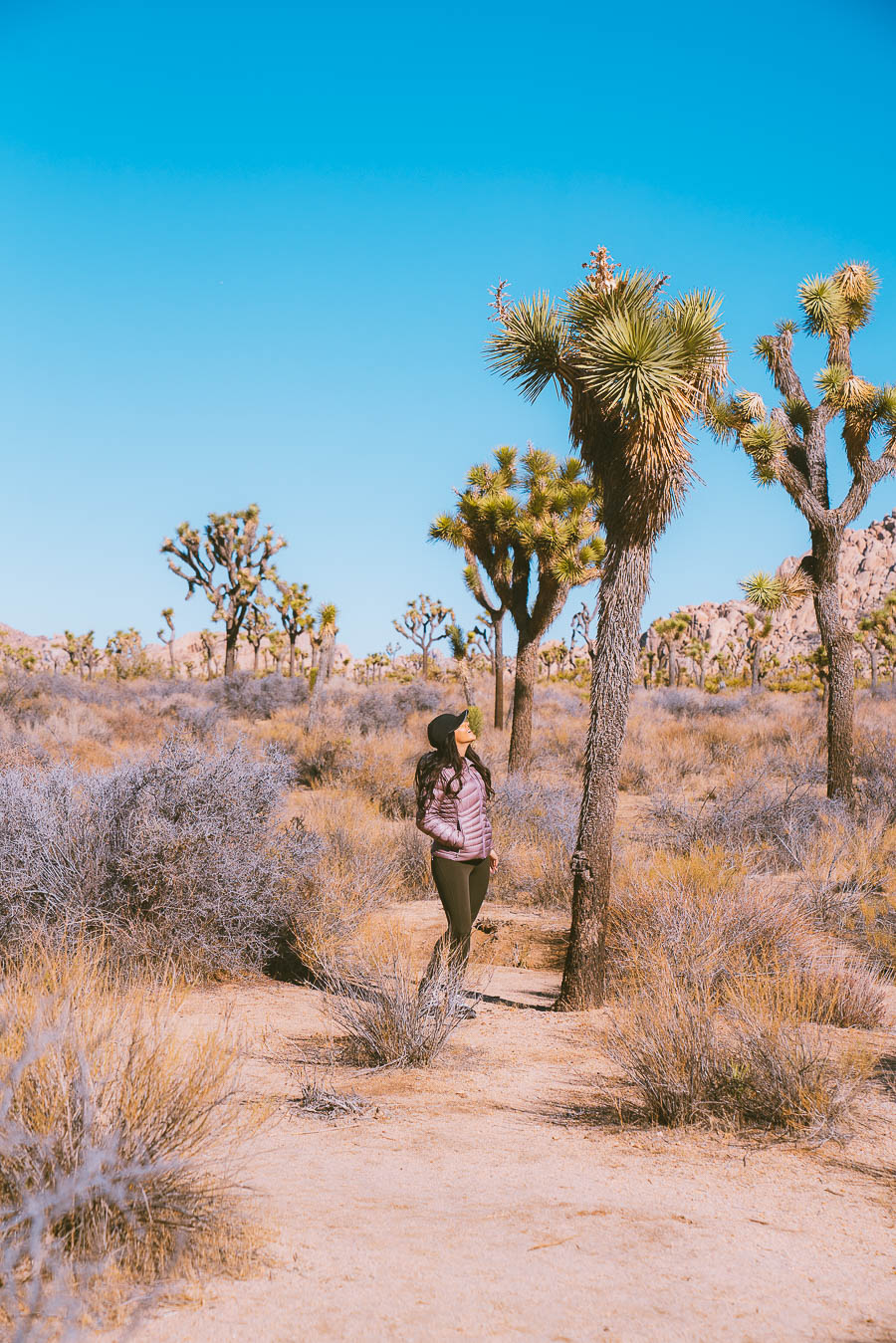
The best seasons to visit Joshua Tree are spring (March – May) and fall (September – November). Early spring brings cool daytime temperatures and colorful wildflowers, while fall comes with mild temperatures and fewer crowds, providing ample space for hiking and camping.
But Joshua Tree is a year-round destination, so winter (December – February) is also a good time to go to the national park. This season provides cooler weather, sometimes snowy at higher elevations, and the thinnest crowds of the year.
Worst Time To Visit Joshua Tree National Park
Summer (June – August) is arguably the worst time to visit Joshua Tree National Park. The season sweeps in extremely hot average temperatures, typically reaching highs of 100°F (38°C). Many visitors who visit in summer are attracted by the camping and stargazing opportunities.
Visiting Joshua Tree in Spring
Spring is when Joshua Tree National Park truly comes alive. The desert blooms with vibrant wildflowers, the temperatures are just right — between 43°F and 86°F (6°C – 30°C) — and the park buzzes with activity. It’s the perfect time to trek most of the park’s hiking trails.
Fun Things to Do in Joshua Tree in Spring
Spring is the open season for outdoor activities in Joshua Tree National Park. There are many things to do but prepare for peak crowds, especially on weekends and spring breaks.
Stroll the Barker Dam Trail
- Distance: 1.3 miles (loop)
- Elevation Gain: 59 feet
- Difficulty: Easy
- Trail Guide: Link
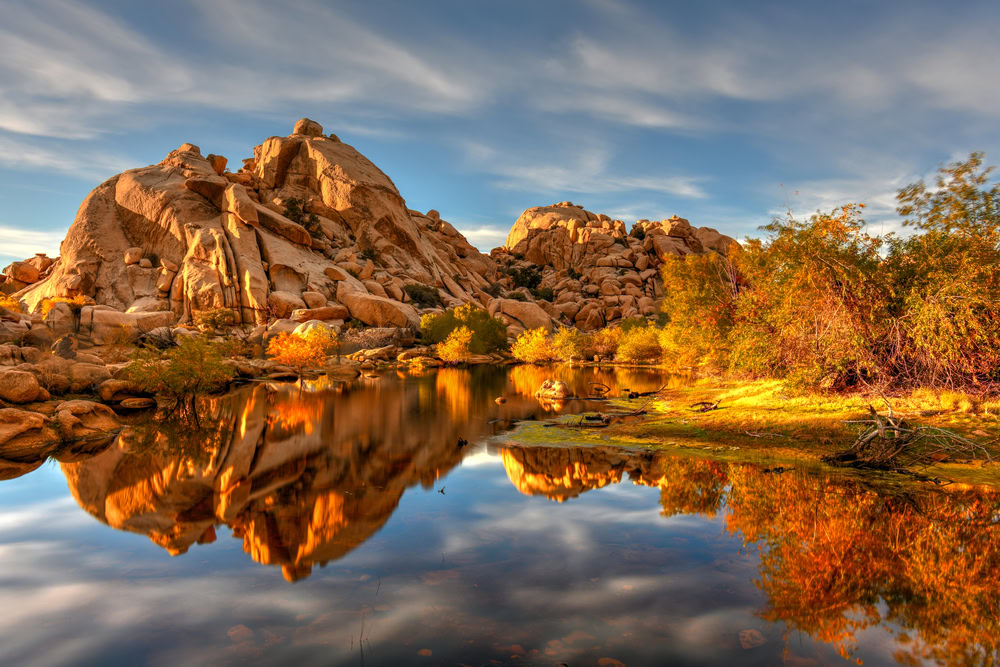
The Barker Dam Trail is a must-do in spring. This short 1.3-mile loop takes you through stunning desert scenery, from the park’s iconic boulders to its namesake Joshua Trees. And if you’re lucky, you’ll experience a water-filled Baker Dam reflecting the surrounding rocks.
Along the hiking trail, you’ll come across fellow hikers and rock climbers, spot the park’s big and small wildlife, and engage in a bit of rock climbing yourself. Go in the early morning to avoid crowds and catch the best lighting for sunrise photography.
Hike the Skull Rock Nature Trail
- Distance: 1.7 miles (loop)
- Elevation Gain: 148 feet
- Difficulty: Easy
- Trail Guide: Link
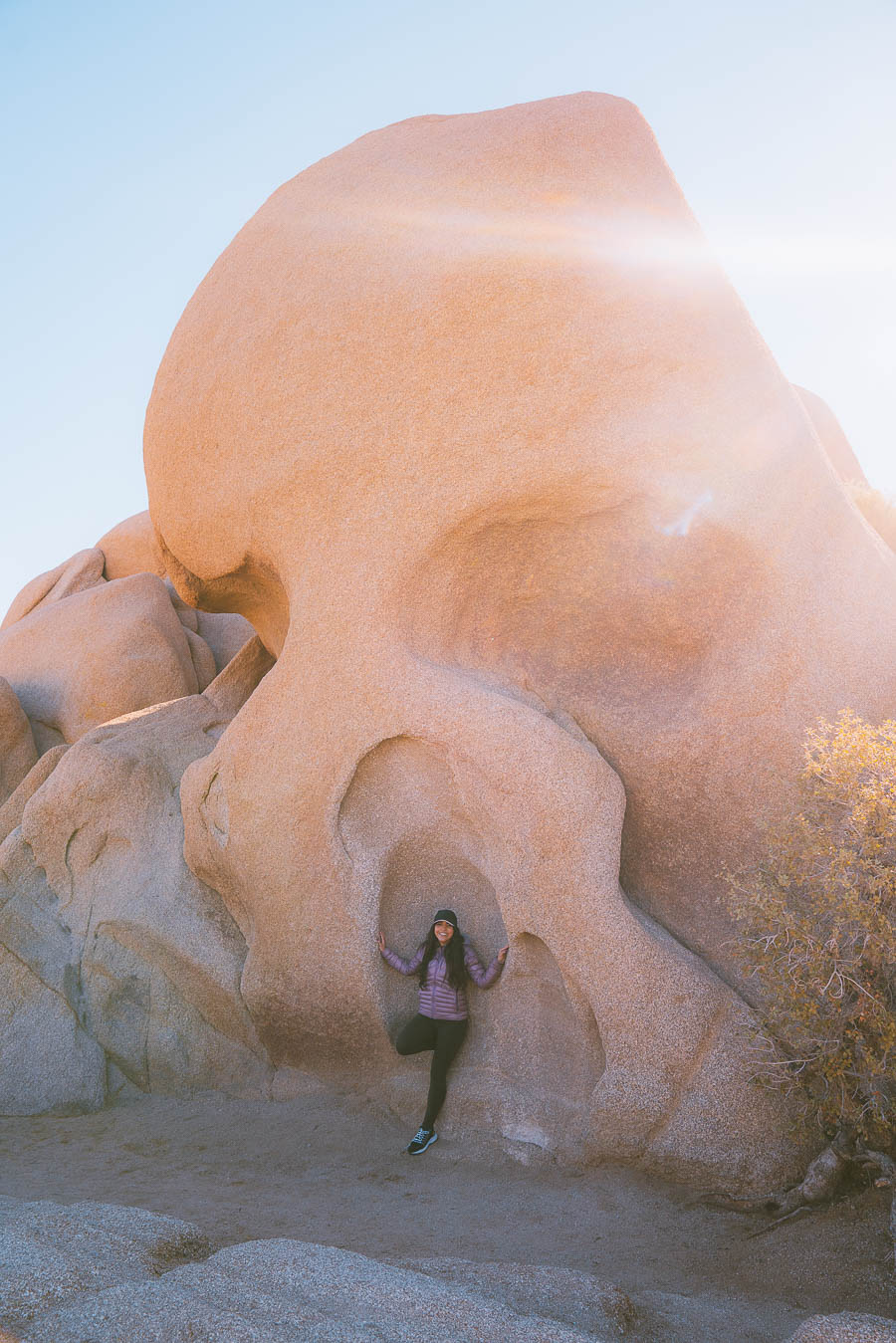
Popular for its rock formation resembling a skull, this short 1.7-mile loop is one of the best hikes in Joshua Tree National Park. Access the trailhead along Park Boulevard, close to the Jumbo Rocks Campground, and follow the interpretive signs to the spooky rock.
This easy hike takes you through shrubs and Mojave Desert flora and presents you with opportunities for light rock scrambling. At the end of the trail, a picturesque rock awaits.
Follow the Arch Rock Trail
- Distance: 1.2 miles (out-and-back)
- Elevation Gain: 89 feet
- Difficulty: Easy
- Trail Guide: Link
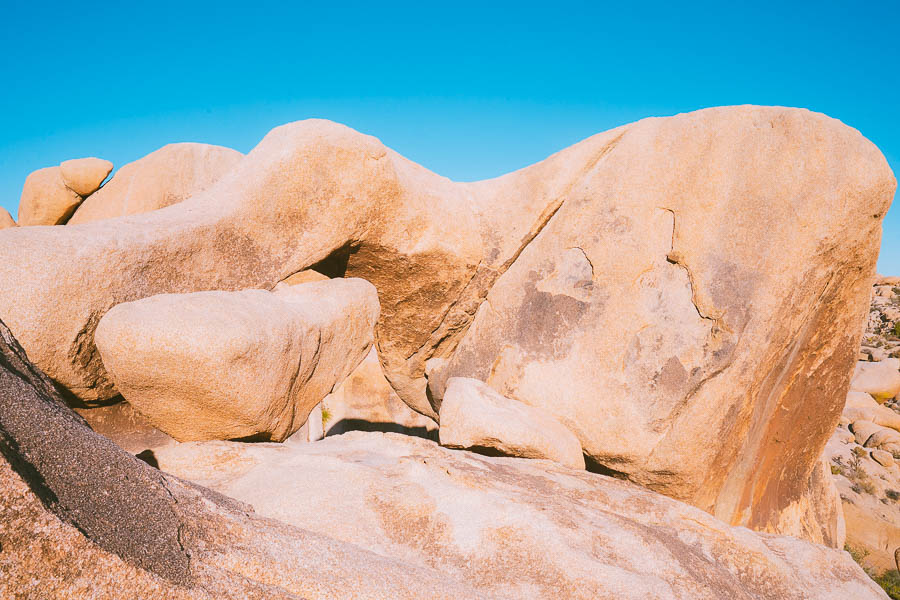
The Arch Rock Trail is a short, easy hike that takes you to one of the park’s most jaw-dropping rock formations. The trail starts along Pinto Basin Road and traverses sandy washes and rocky terrain.
Further along, the route turns into a loop. Walk it counterclockwise, as it will be easier to spot the Arch Rock. Make this a longer trek by off-roading to the picture-perfect Heart Rock.
Visiting Joshua Tree in Summer
Soaring summer temperatures are around 66°F and 100°F (20°C – 38°C), which makes hiking during the day completely off-limits if you want to avoid heat stroke. But that doesn’t mean there aren’t park activities on offer. Be prepared for early morning or evening activities to avoid the worst of the sun.
Fun Things to Do in Joshua Tree in Summer
Summer is a good time to indulge in Joshua Tree’s many outdoor activities other than hiking. There are fewer crowds during this time, giving you ample space for exploring Joshua Tree.
Do Some Stargazing
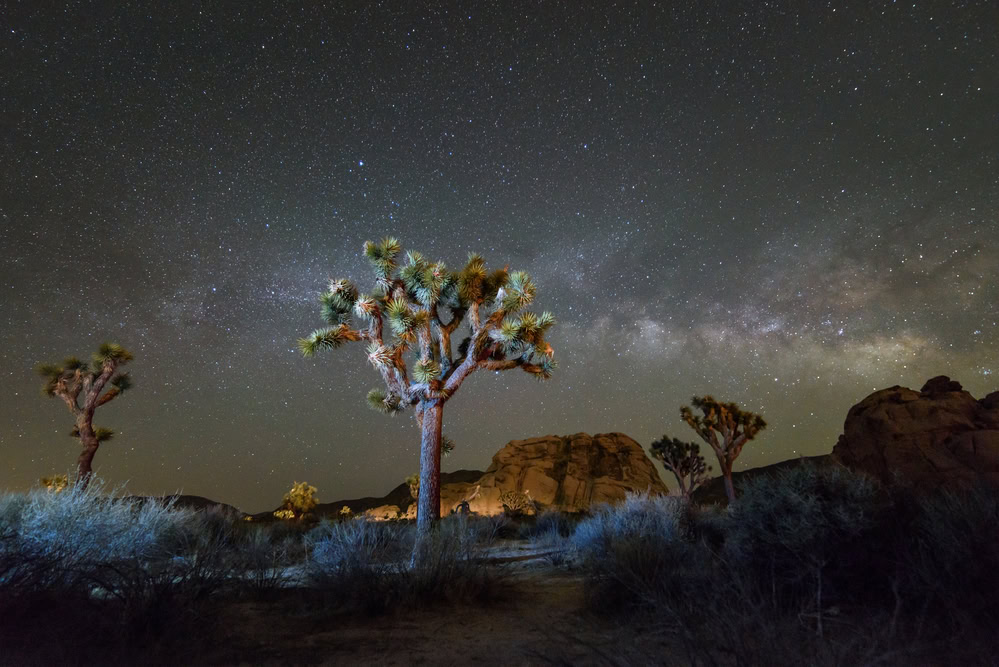
Famous for its dark skies, Joshua Tree National Park is one of the best spots for stargazing. Thanks to the park’s minimal light pollution, you can see the magnificence of the Milky Way on a moonless night. Summer’s warm nights are perfect for spending hours under the stars.
Tip: Bring a pair of binoculars and a reclining chair for a closer look and utmost comfort.
Stroll the Cholla Cactus Garden
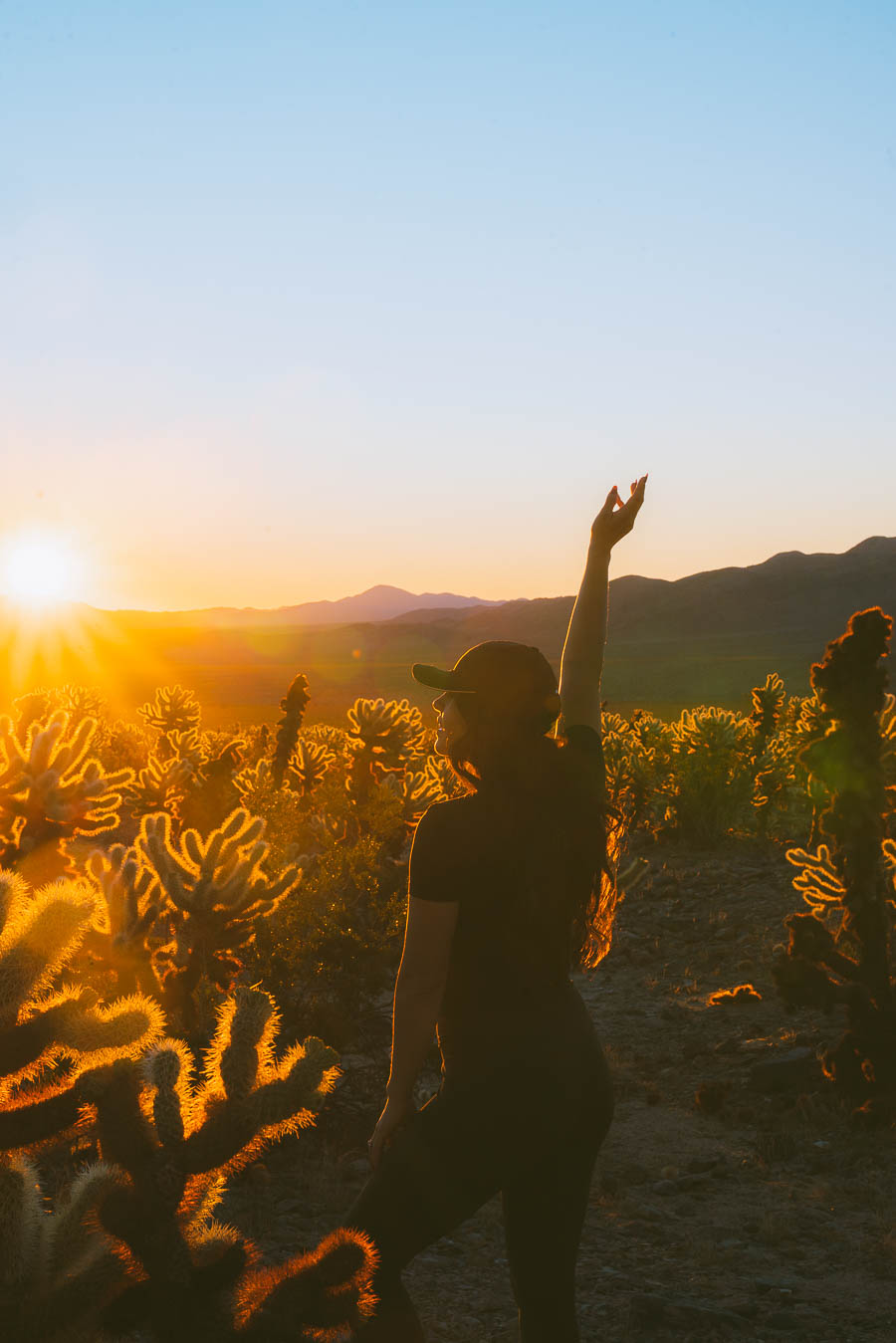
The Cholla Cactus Garden is a surreal place in Joshua Tree National where you can walk among thousands of cacti. Known as “Teddy Bear” cacti, they look soft and fuzzy, but be careful — they’re covered in sharp spines, so don’t get too close.
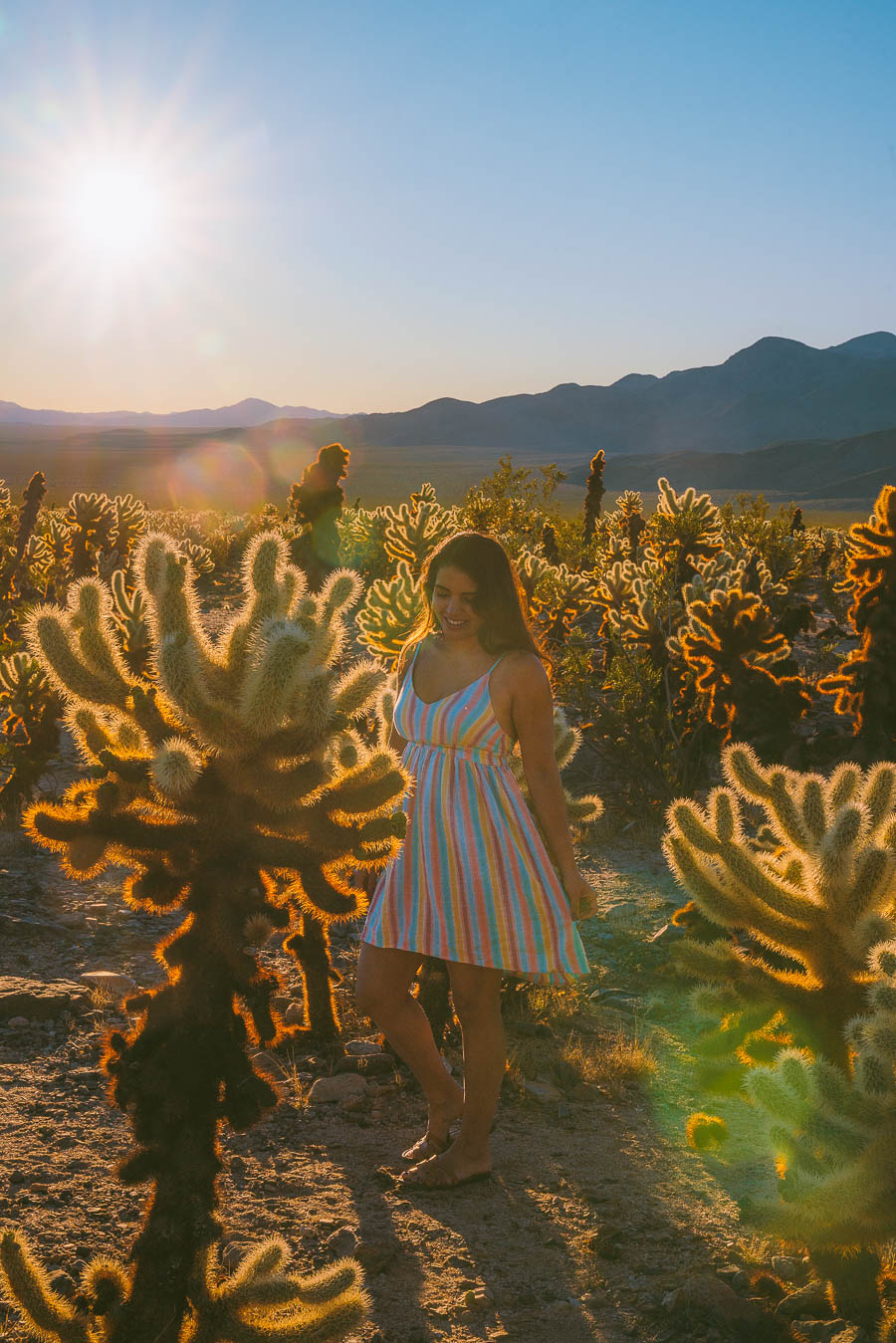
You’ll drive along Pinto Basin Road to get to the garden. Then hop off and enjoy a leisurely stroll on the 0.25-mile loop. The garden is especially beautiful at sunrise and sunset when the cacti seem to glow in the soft light.
Camp in Joshua Tree National Park
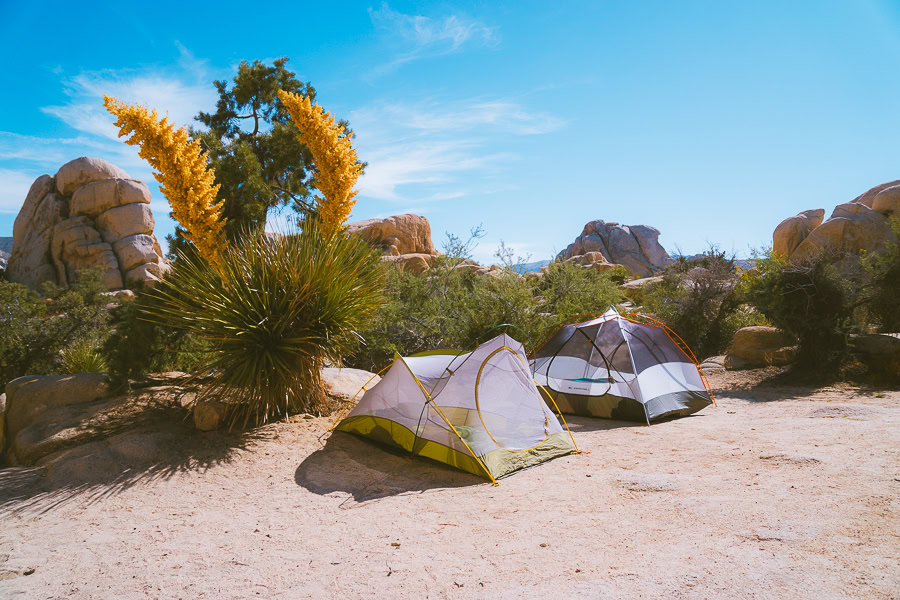
With 500 campsites and a chance to spot the Milky Way, camping in Joshua Tree offers a unique experience. You’ll find yourself surrounded by iconic Joshua Trees, massive boulders, and wide-open skies that come to life at sunrise, sunset, and late at night.
Book your camp spot on recreation.gov at least six months ahead if you’re planning a holiday or weekend visit. The same goes for any weekday in the busy spring season.
Visiting Joshua Tree in the Fall
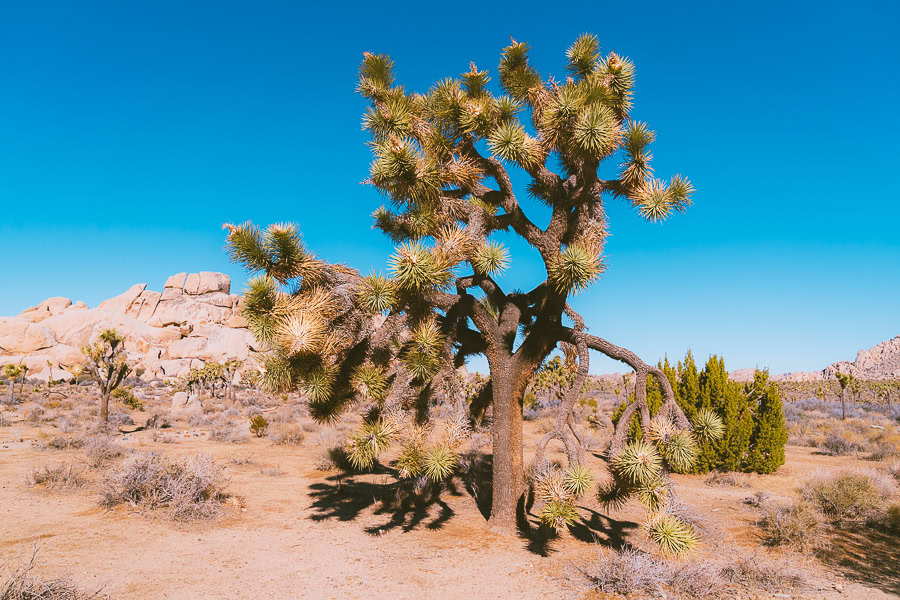
Fall temperatures are between 44°F and 94°F (6°C – 34°C), making it a fantastic time to visit Joshua Tree. The summer heat starts to fade, making the weather more comfortable for outdoor activities. Plus, the park is less crowded than in the peak season (spring), so you can enjoy a bit more solitude.
Fun Things to Do in Joshua Tree in the Fall
Early fall still sees hot temperatures, so you’ll have to settle for early morning hiking. But late fall offers exciting opportunities for more thrilling activities like climbing and hiking tall peaks.
Trek Along the Warren Peak Trail
- Distance: 5.6 miles (out-and-back)
- Elevation Gain: 1,105 feet
- Difficulty: Moderate
- Trail Guide: Link
Remote and quiet, this out-and-back trail takes you through some of the most secluded landscapes in Joshua Tree National Park. It’s quite challenging, so it’s a good idea to take on this trail in late fall. You’ll walk along a dirt road, passing bushes and rocky outcrops.
As you get closer to the summit, the trail starts to incline, taking you above the ridge line, where panoramic mountain views await. Also, note that you can start your trek at the Black Rock Canyon Campground Parking Lot.
Enjoy Some Rock Climbing or Bouldering
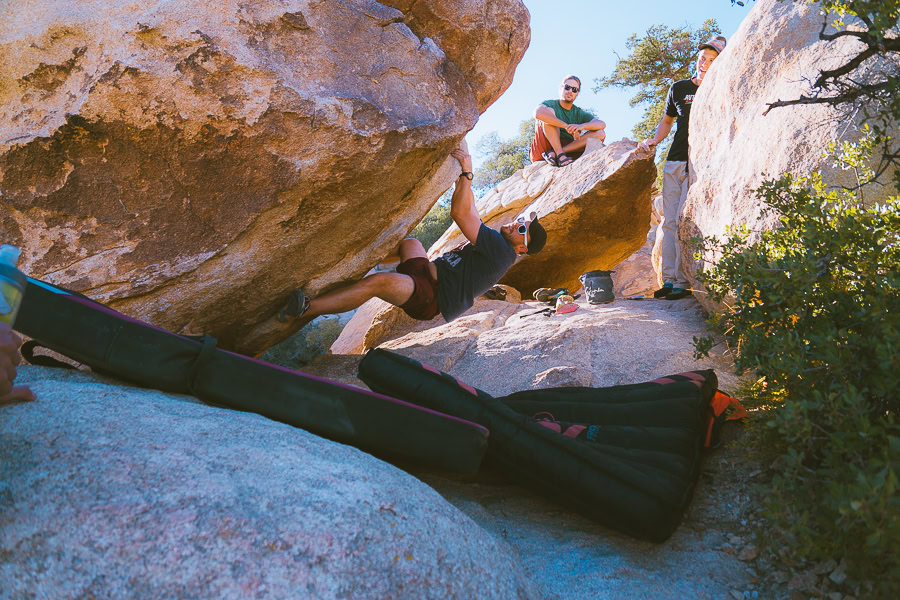
Offering about 8,000 climbing routes and 2,000 bouldering challenges, Joshua Tree is a haven for climbers of every level, from expert to beginner. For an immersive and safe climbing experience, be sure to hire an expert who is permitted to work in the national park.
Try Your Hand at Sunset Photography
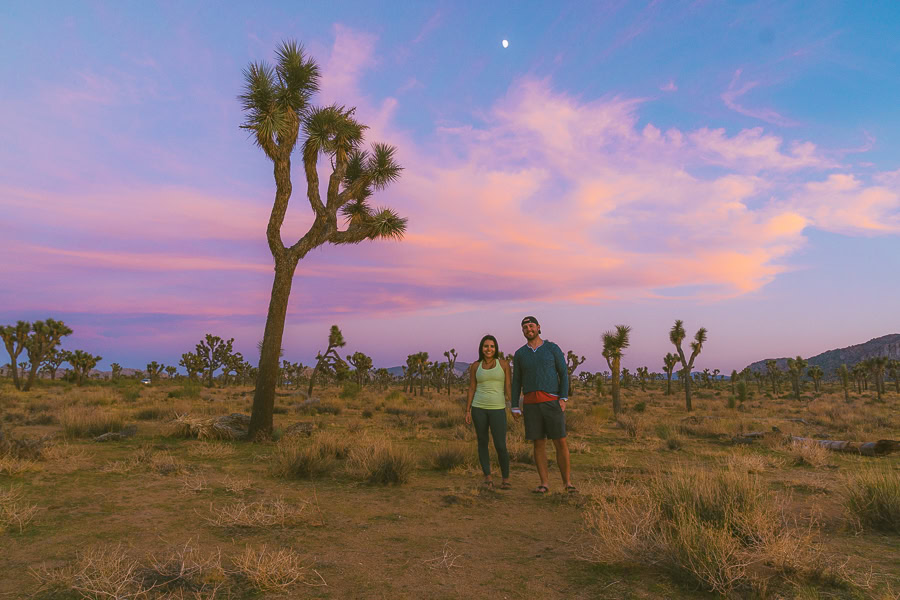
Joshua Tree experiences some of the most breathtaking sunsets in the United States. Framed by the spikey trees and massive boulders, the skies in Joshua Tree turn into complimentary hues of pink, purple, and orange.
Prepare your camera gear, check sunset time, scout for a location, and snap away as the sun sets. Great spots to catch the sunset include Keys View and the Cholla Garden.
Tip: Follow these hiking photography tips and tricks to help you capture the perfect shot.
Visiting Joshua Tree in Winter
Winter doesn’t inspire many to visit national parks across the country, but Joshua Tree is an exception. Temperatures sit between 37°F and 66°F (3°C – 19°C), which can be cool and frosty at high elevations. That said, the solitude presents a peaceful time to visit, putting the national park’s unique beauty at center stage.
Fun Things to Do in Joshua Tree in Winter
Winter provides tranquility thanks to the thin crowds, so there’s plenty of space for you to explore the hiking trails. It’s also an excellent time for winter backpacking and off-roading.
Hike the Lost Horse Mine Trail
- Distance: 4.1 miles (out-and-back)
- Elevation Gain: 528 feet
- Difficulty: Moderate
- Trail Guide: Link
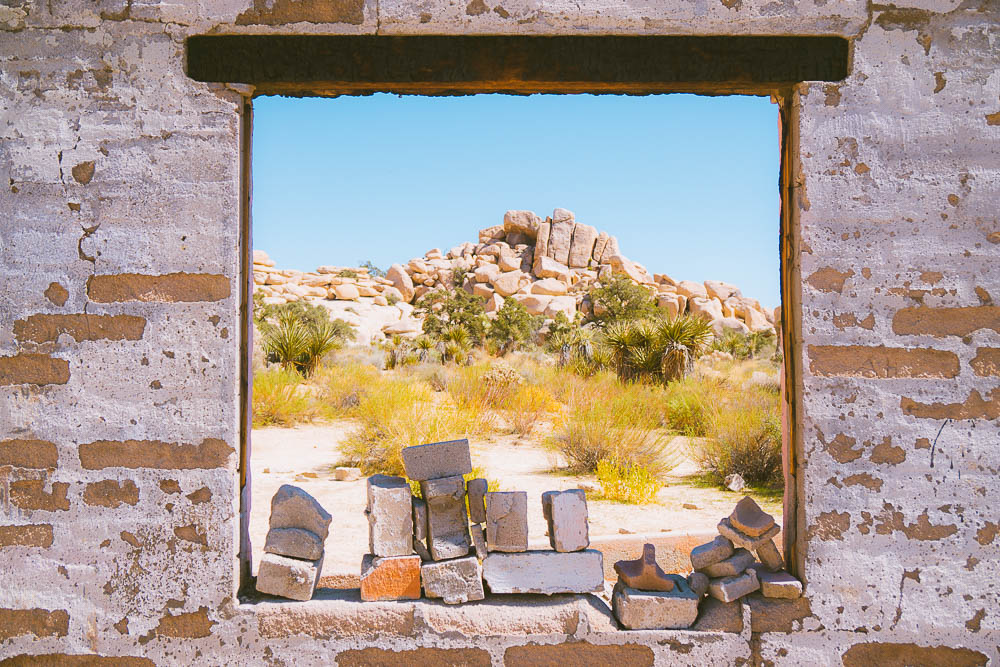
This moderate hiking trail gives you a glimpse into Joshua Tree’s mining past and takes you through expanses of desert and mountainscapes. The trail is mostly flat, with a few rocky sections and a gentle incline to the mine. When there, snap a picture of the decaying ten-stamp mill.
Winter temperatures make this hike enjoyable. There is minimal shade, so the cool conditions of this season make the trek less challenging. You can even make this a longer hike by walking the Lost Horse Loop.

Tip: Don’t underestimate the conditions. Read up on hiking in the desert so you are fully prepared.
Follow the Hidden Valley Nature Trail
- Distance: 1 mile (loop)
- Elevation Gain: 118 feet
- Difficulty: Easy
- Trail Guide: Link
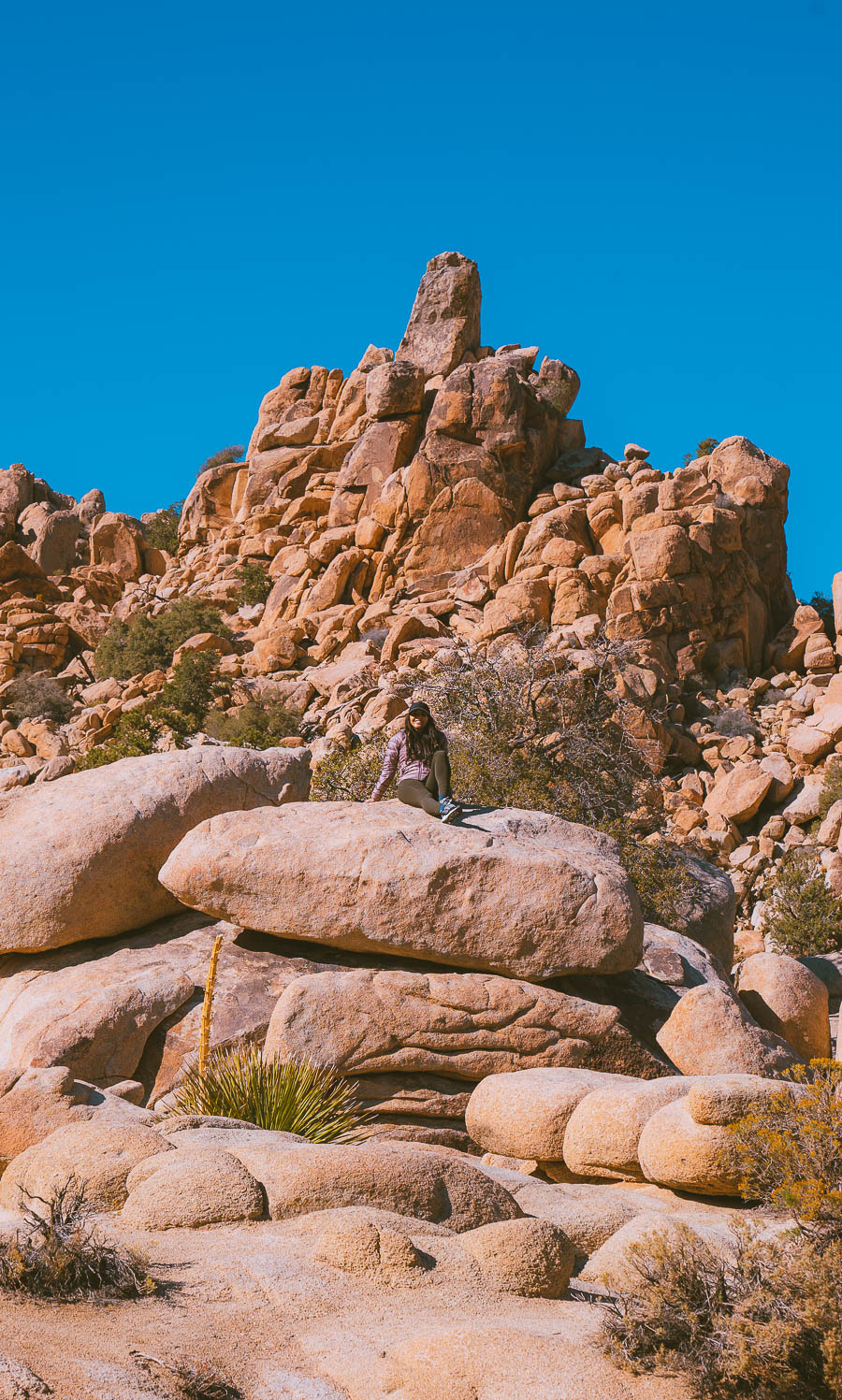
This one-mile loop takes you through one of the most boulder-dense parts of Joshua Tree. The short trek guides you through a secret oasis enclosed by towering rocks, giving you plenty of opportunities for rock scrambling and unmatched nature photography.
You can access the hiking trail along Park Boulevard. Turn at Intersection Rock into the Old Lost Horse Road and drive to the picnic area. Park your car there and begin the trek.

Tip: This is a popular trail, even in winter, so start the hike early, preferably before 9 am.
Go Backcountry Off-Roading
If you love a bit of adventure, backcountry off-roading in Joshua Tree is an exhilarating way to explore the park’s more remote areas. The park offers several off-road trails that take you through rugged terrain, vast deserts, and secluded spots that most visitors don’t see.
Make sure your vehicle is well-equipped for off-roading, and always check the weather and trail conditions before heading out. Also, bring plenty of water, snacks, and supplies, as you’ll be far from any park facilities. Don’t expect to get any cell service while off-roading.
new on the shop
The Ultimate Camping Trip Planner!
Our camping trip planner helps you stay organized and plan all aspects of your adventure so that you can conquer new territories with ease.
Joshua Tree Best Time To Visit | FAQs
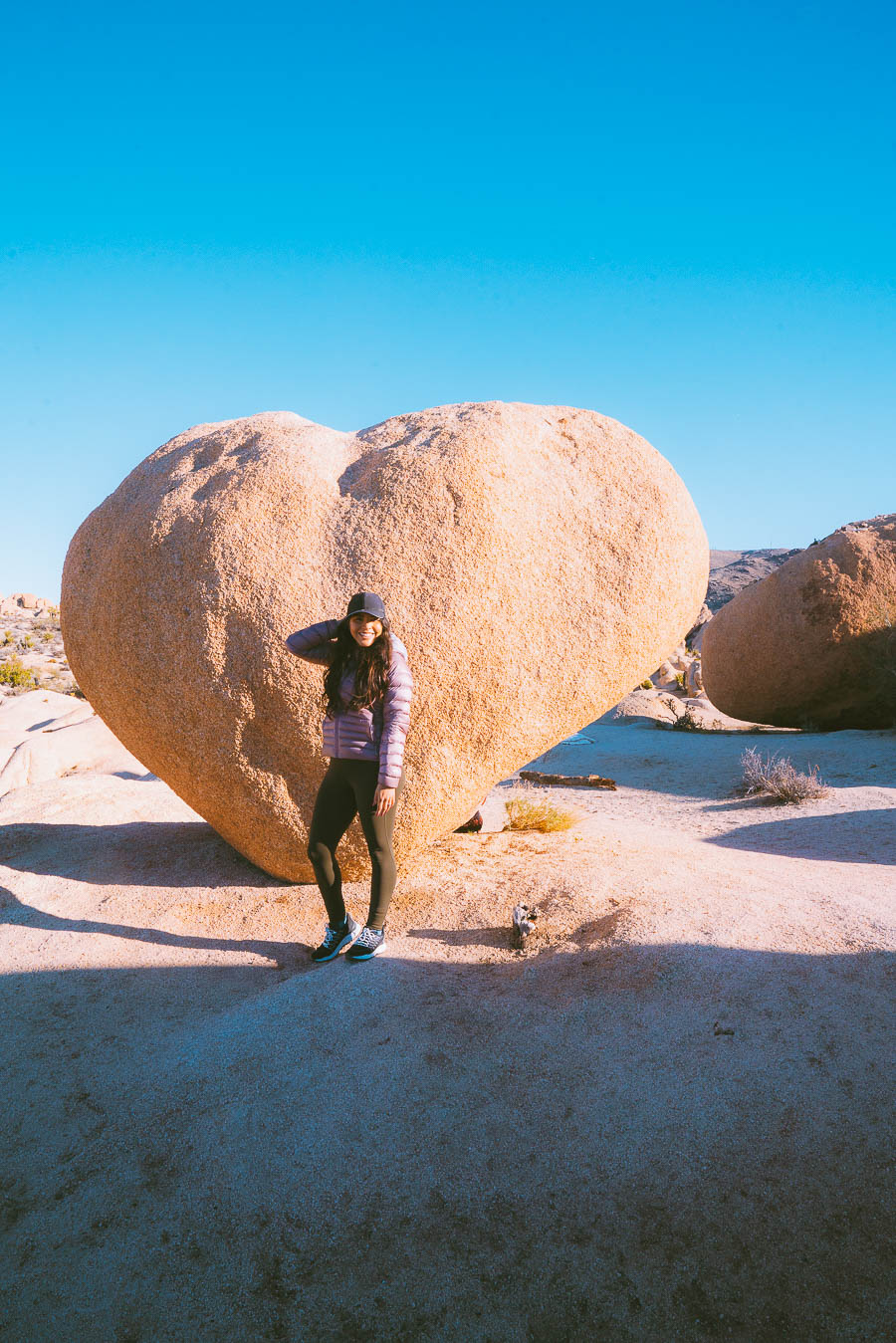
Check out these commonly asked questions about the best times to visit Joshua Tree National Park.
How Many Days Do You Need in Joshua Tree?
You should spend about 2-3 days in Joshua Tree to fully experience the best of the national park. A 2-day Joshua Tree itinerary is enough to hike, climb, and take fantastic photos.
Can’t secure a camping spot? There are places where you can stay near Joshua Tree.
Can You Stay in Joshua Tree at Night?
Absolutely! In fact, staying in Joshua Tree at night is one of the best parts of the experience. The park is known for its incredible stargazing, and there are several campgrounds where you can set up for the night.
What Should I Be Careful for at Joshua Tree?
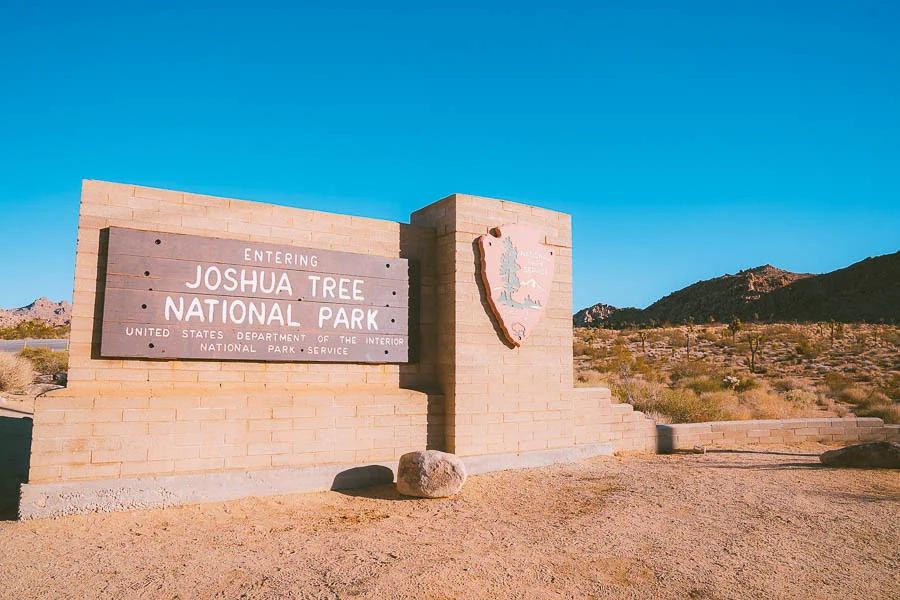
When visiting Joshua Tree, it’s important to be prepared for the harsh desert environment. Bring plenty of water, especially if you’re hiking midday, and wear sunscreen and a hat to protect yourself from the sun.
Watch out for wildlife and be mindful of the spiny cacti. Also, remember to respect the natural environment — stay on designated trails, pack out all your trash, and leave no trace.
Summing Up the Best Time of Year To Go to Joshua Tree
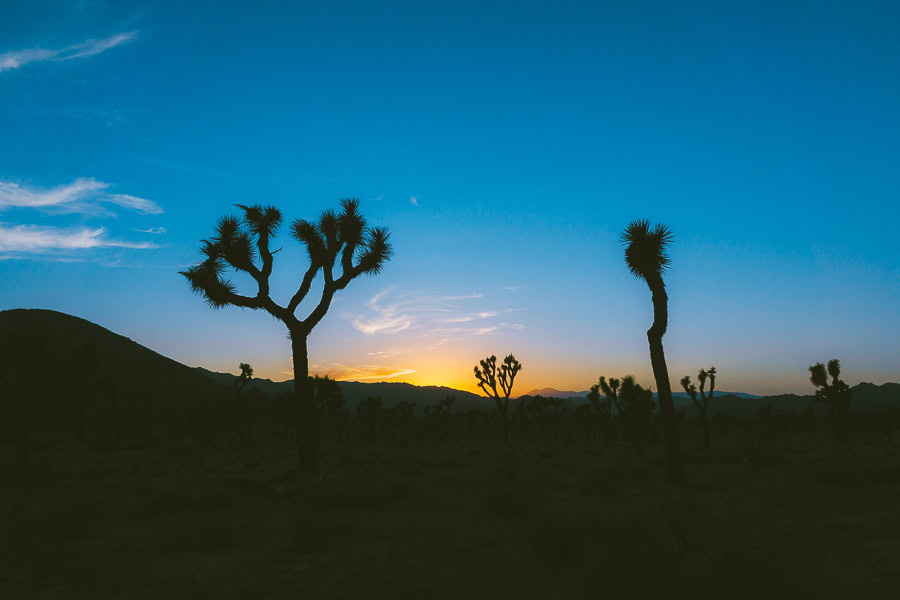
Joshua Tree is a place that captivates the soul, no matter when you visit. Each season has its own charm, from the wildflower blooms of spring to the starry skies of summer, the climbing opportunities of fall, and the solitude of winter.
The best time to visit really depends on what you want to experience. Basically, no matter when you go, this national park is sure to leave you with a lifetime of happy memories.
Next Read: Stay in the California desert in style by opting for glamping in Joshua Tree.

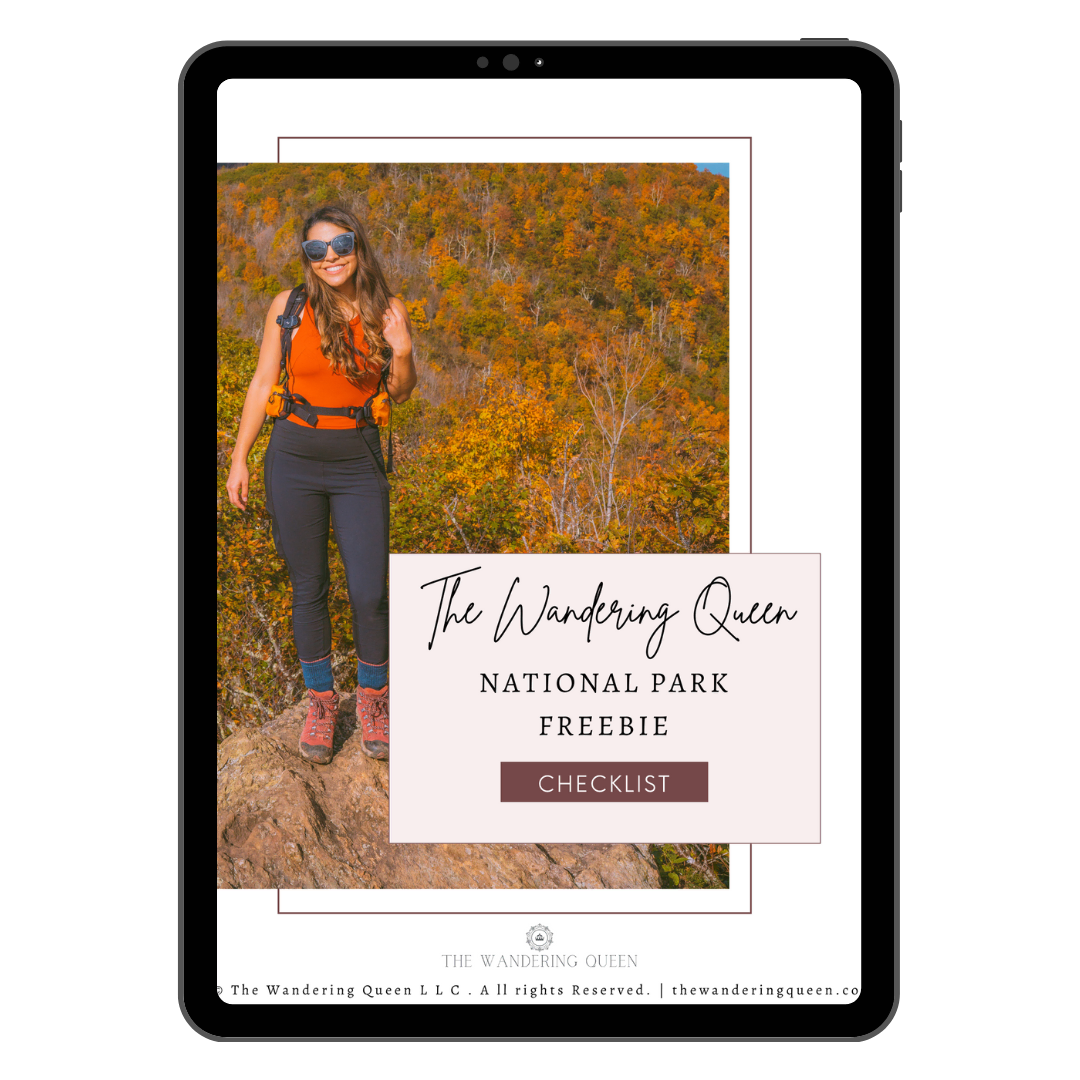
Get my free National Park Checklist
When you join the newsletter!
Pin For Later:


